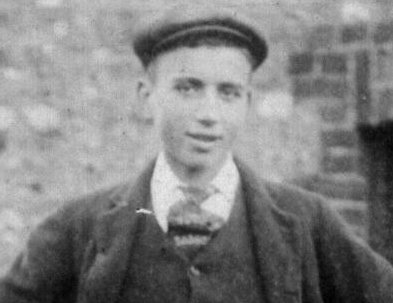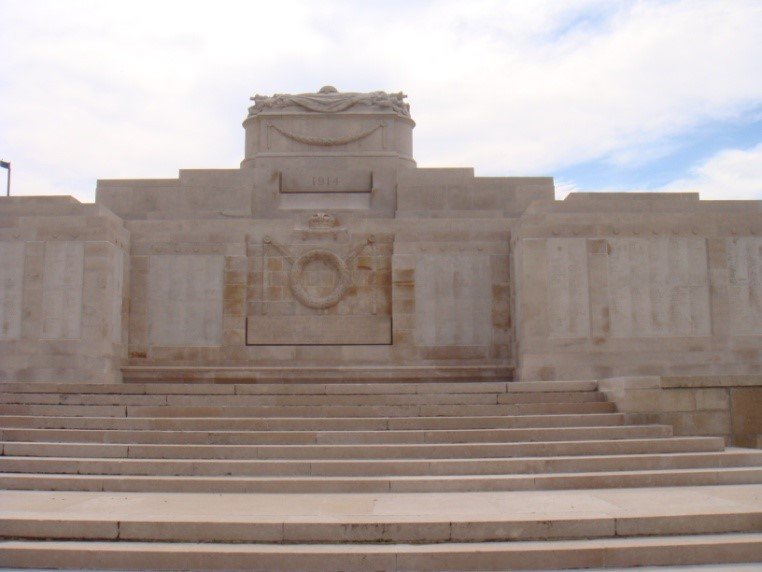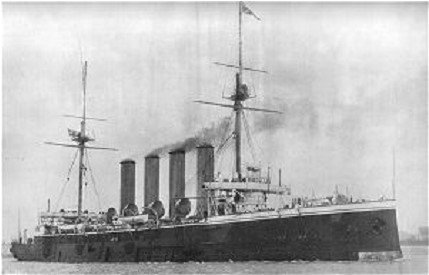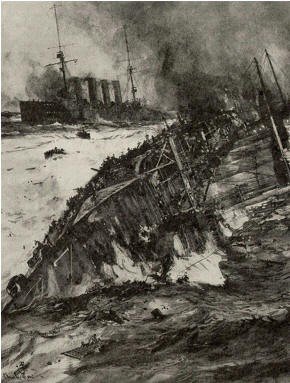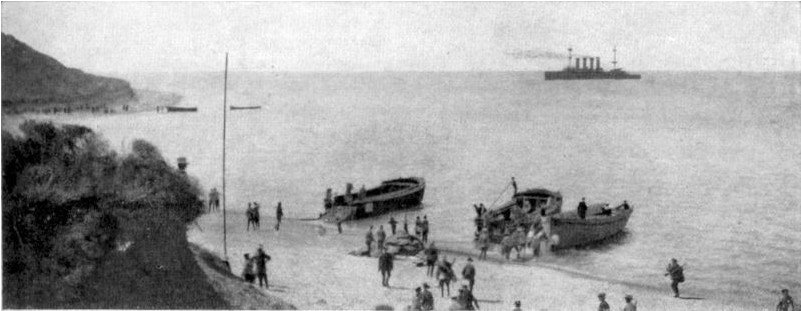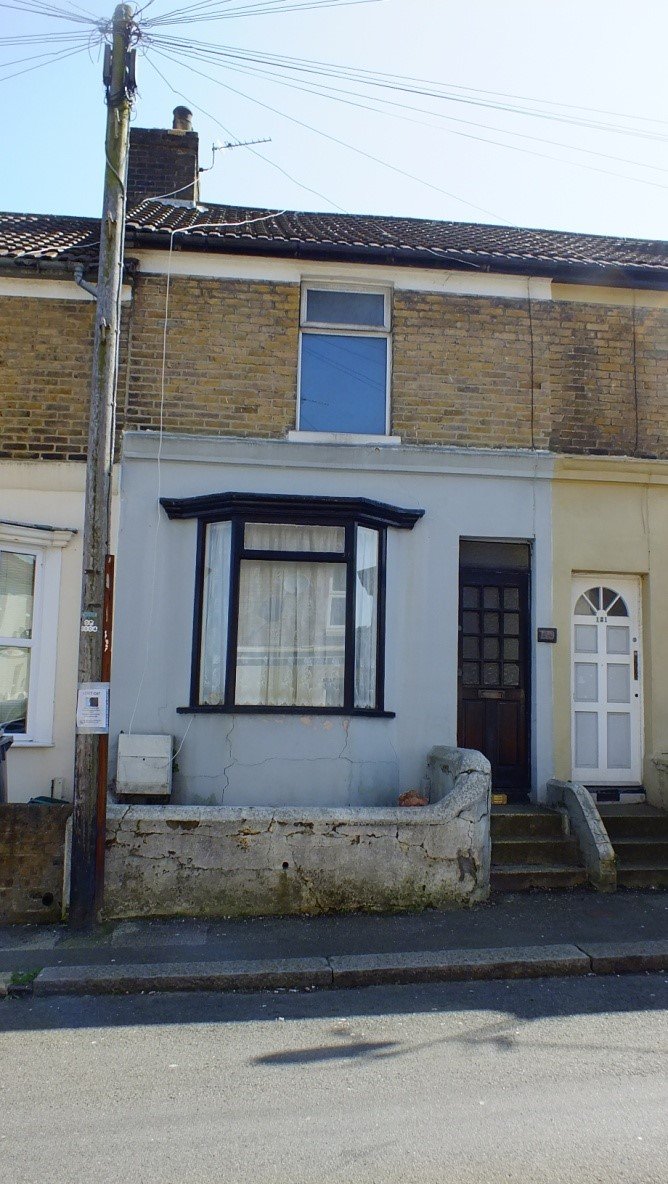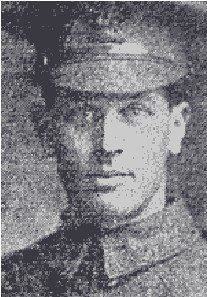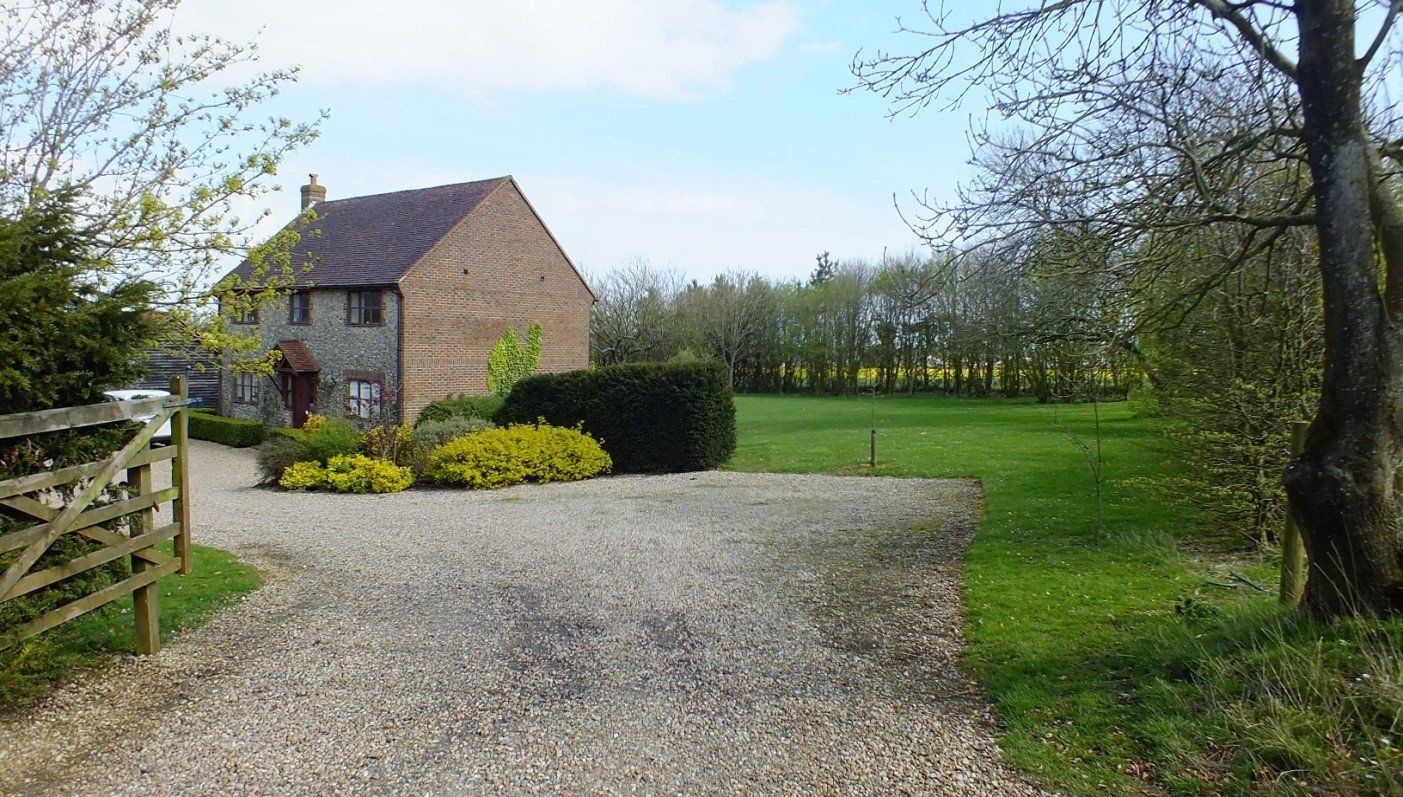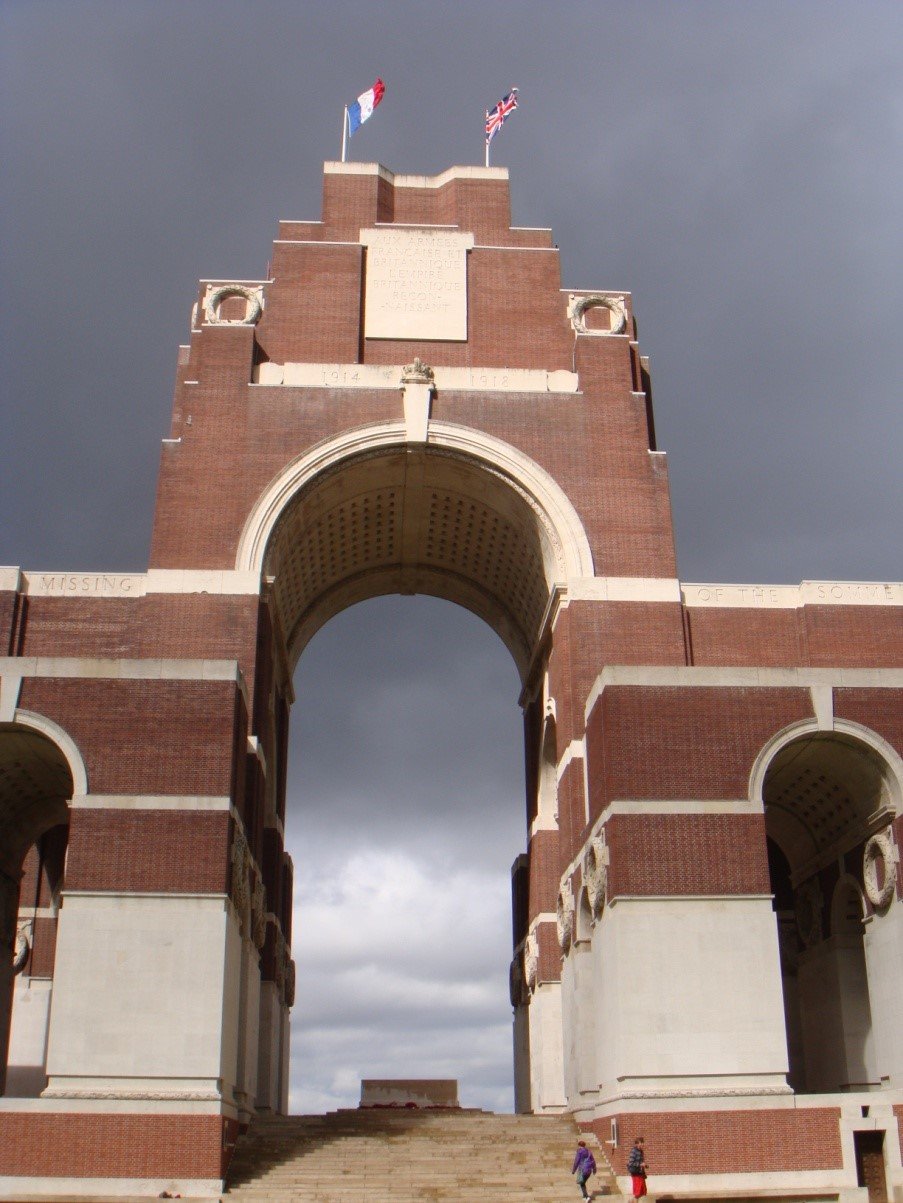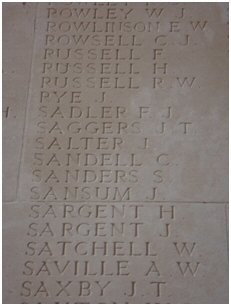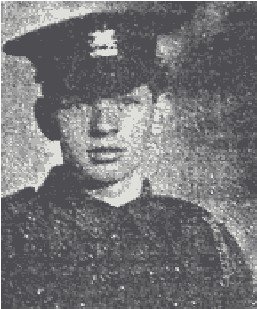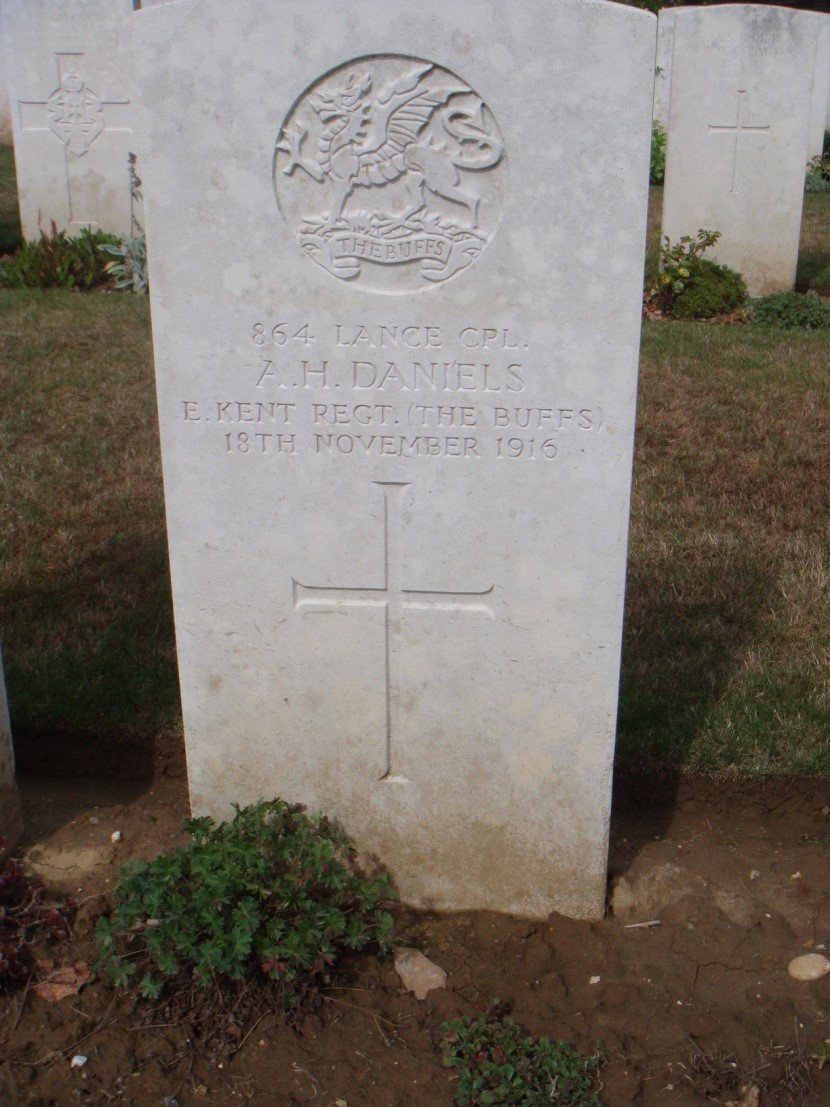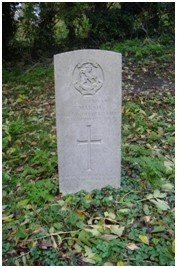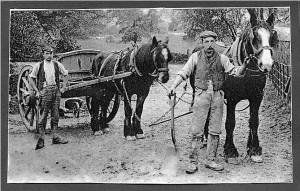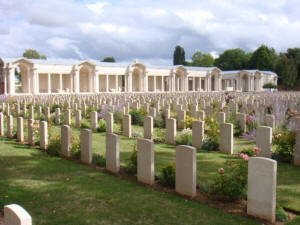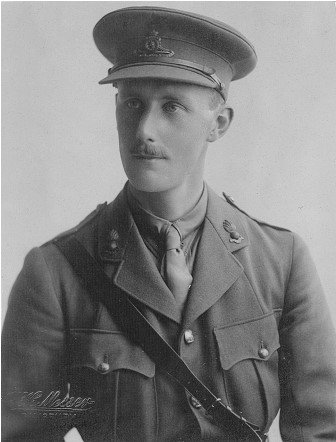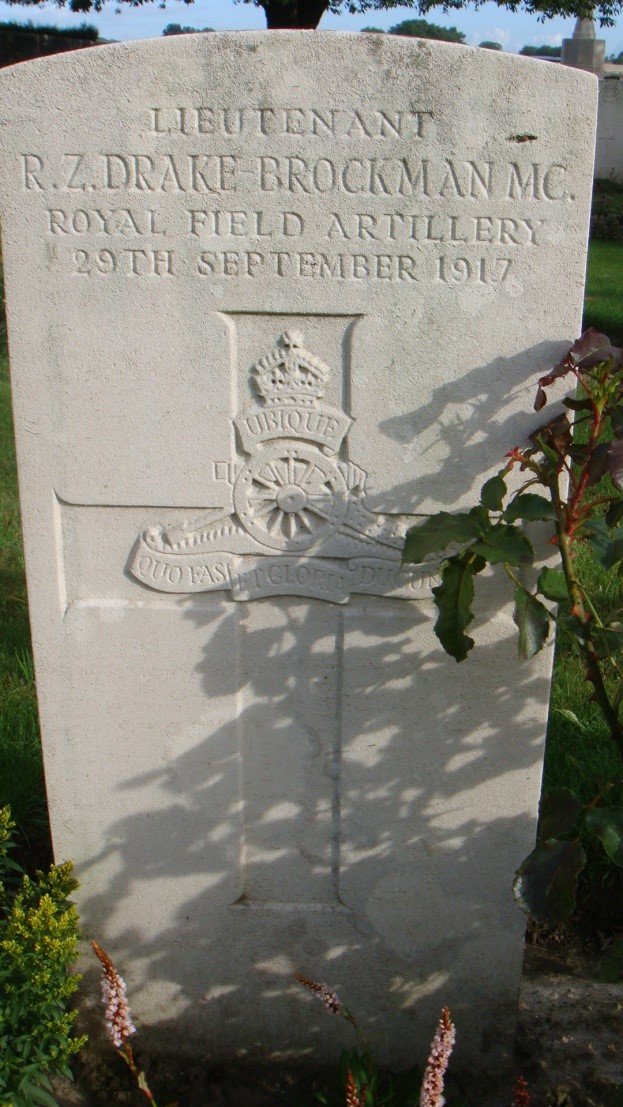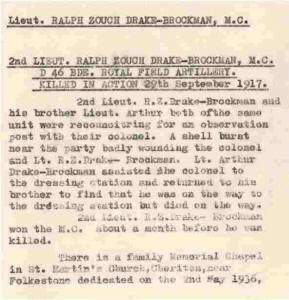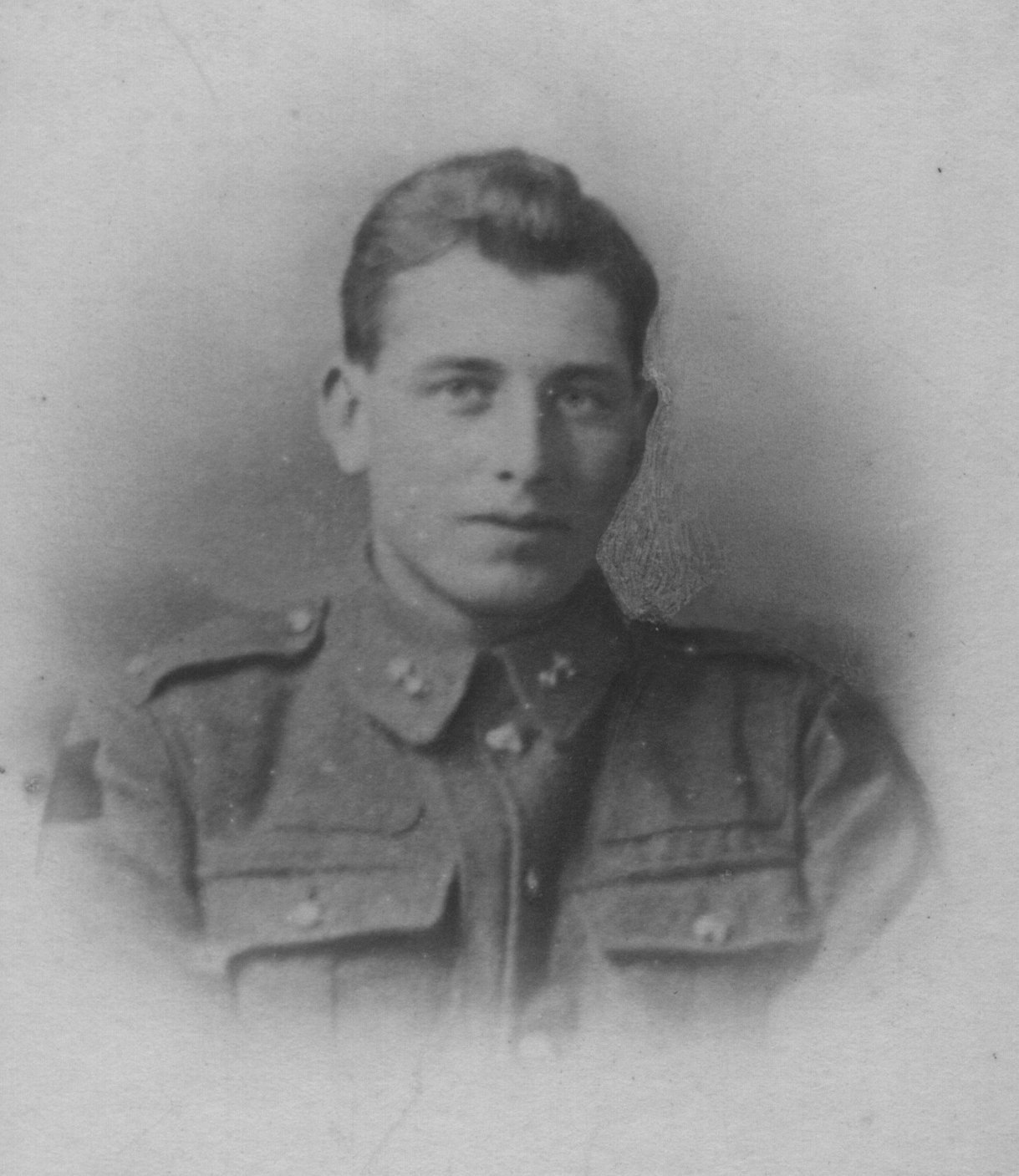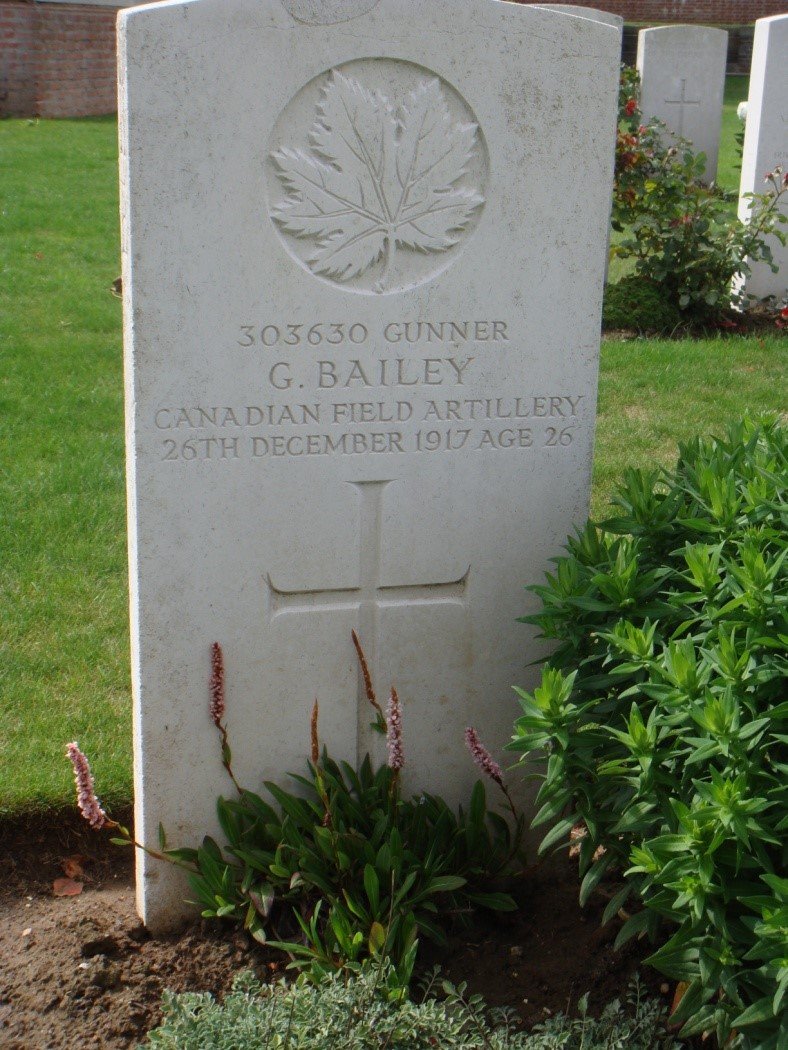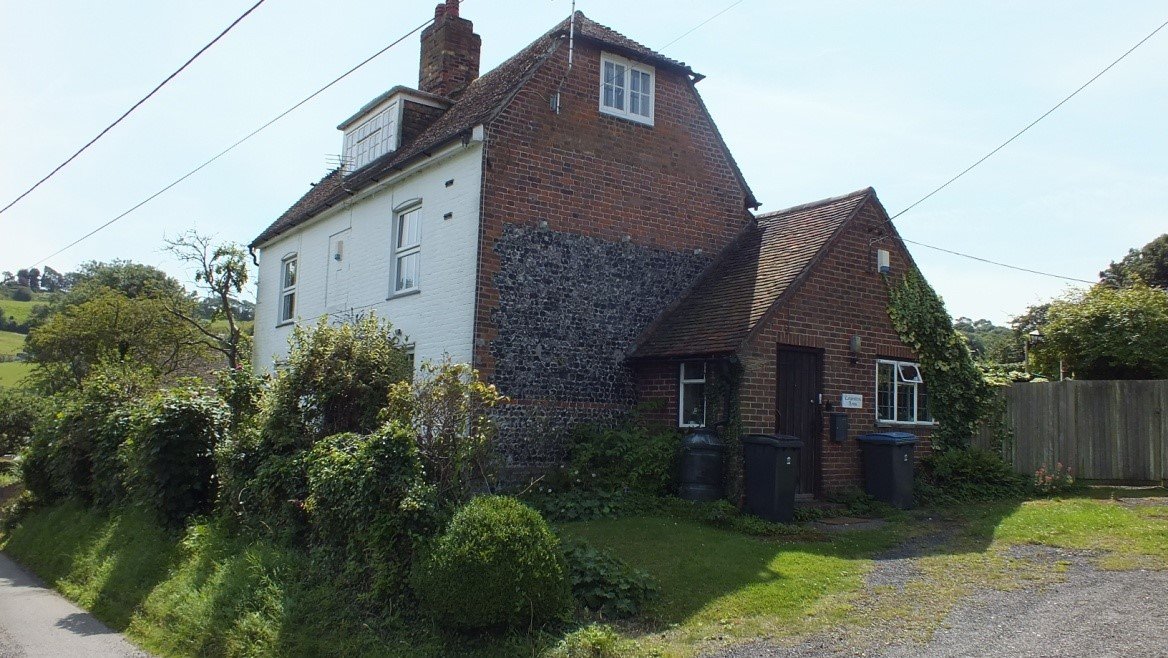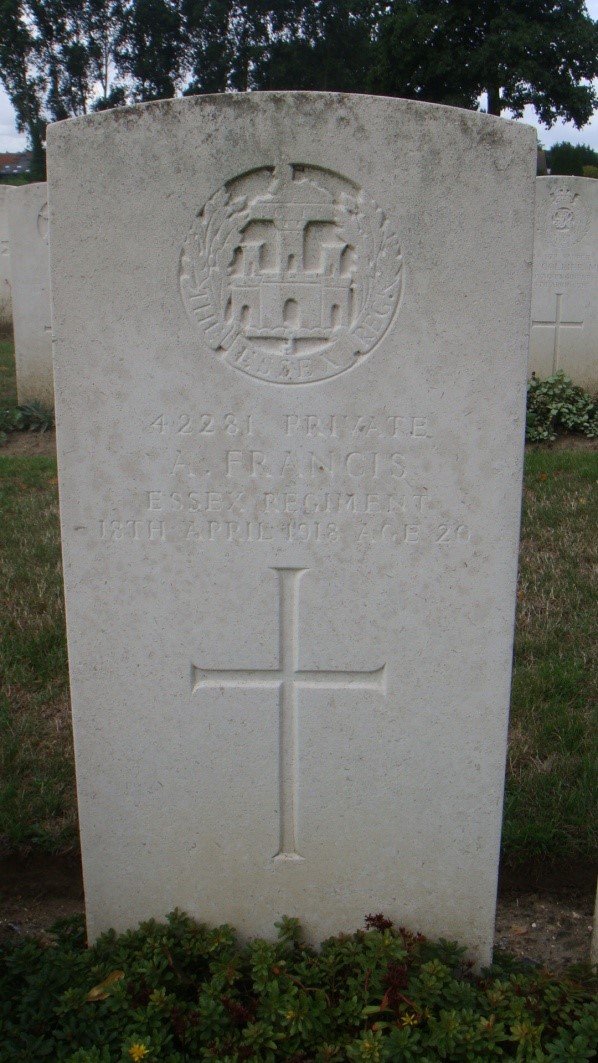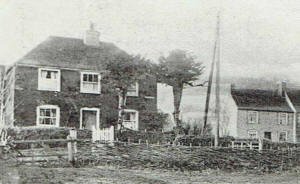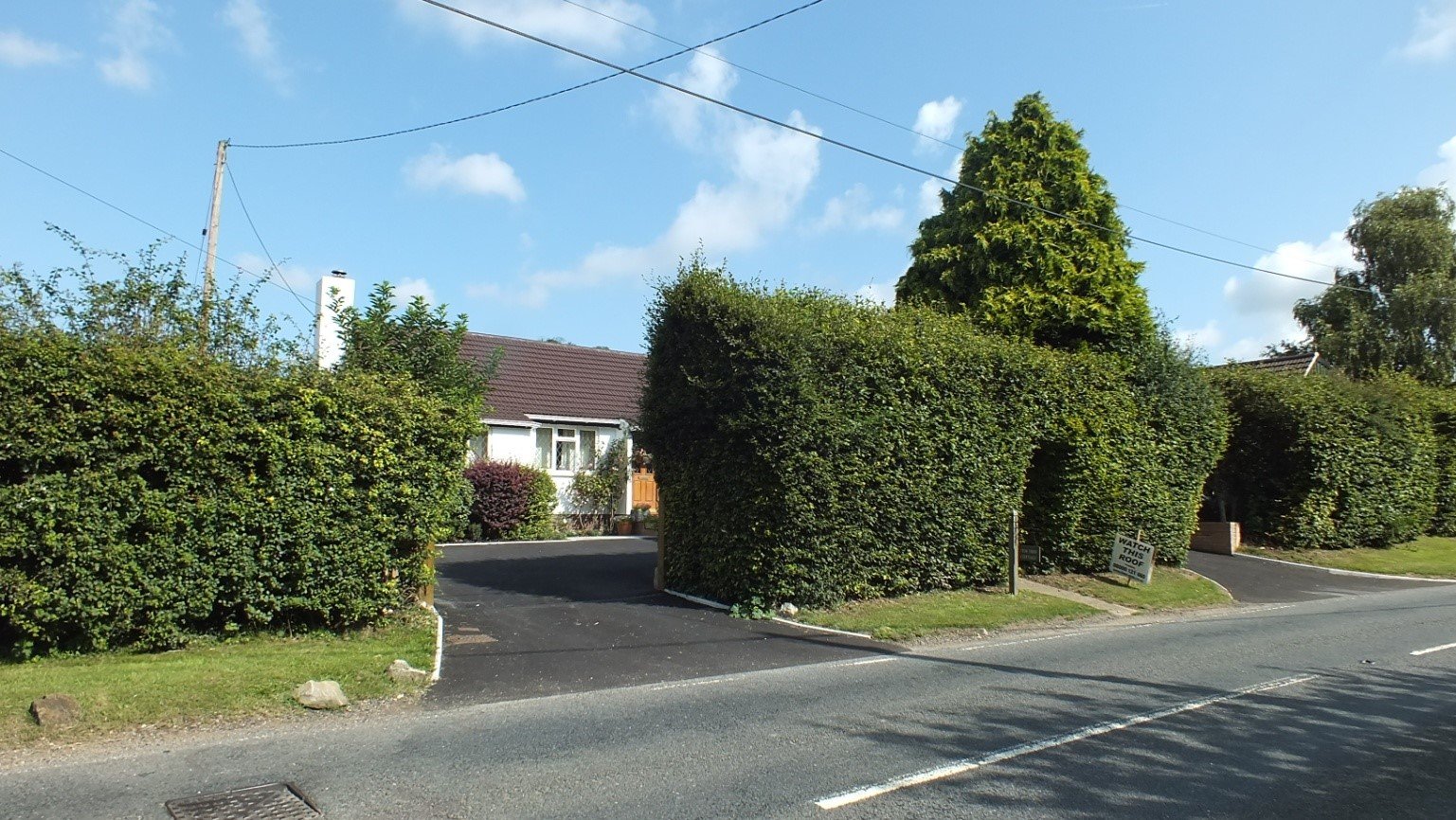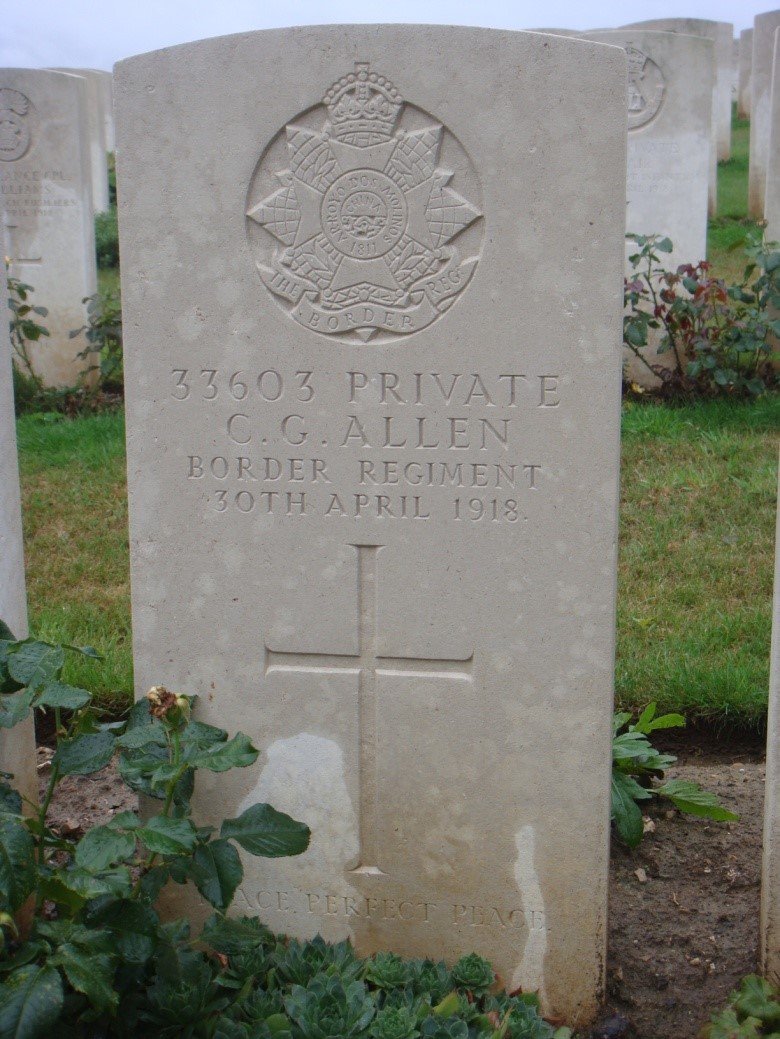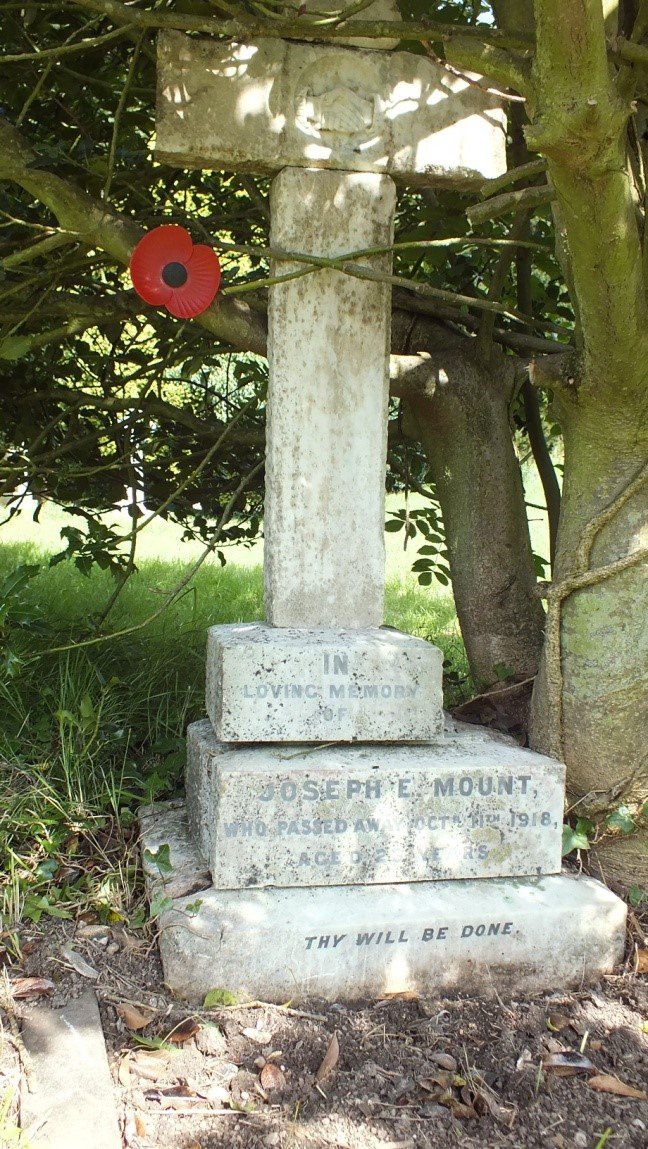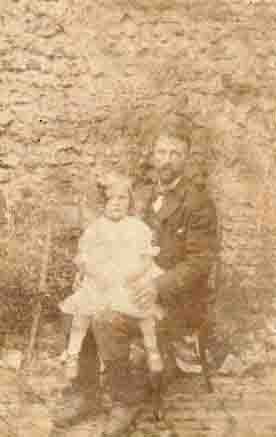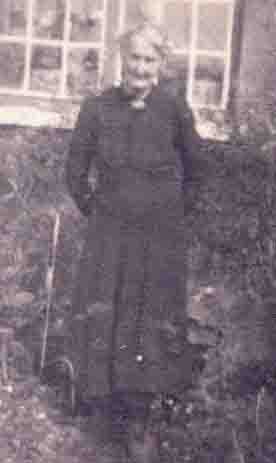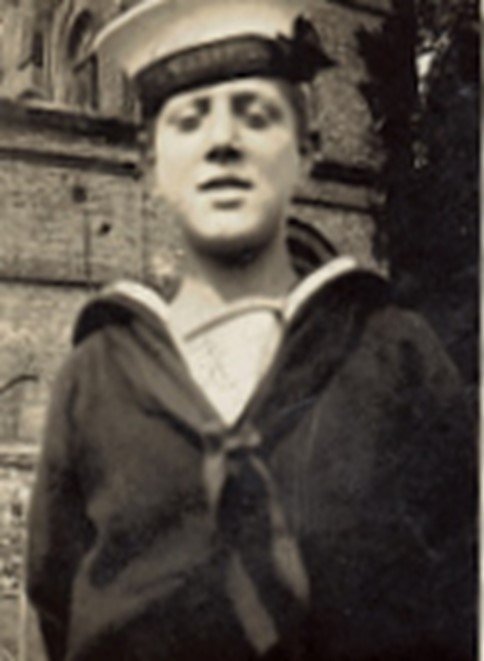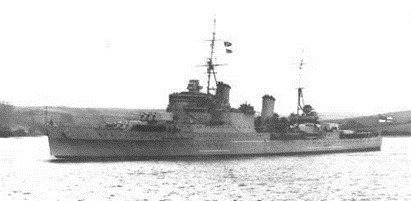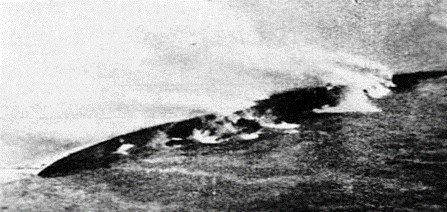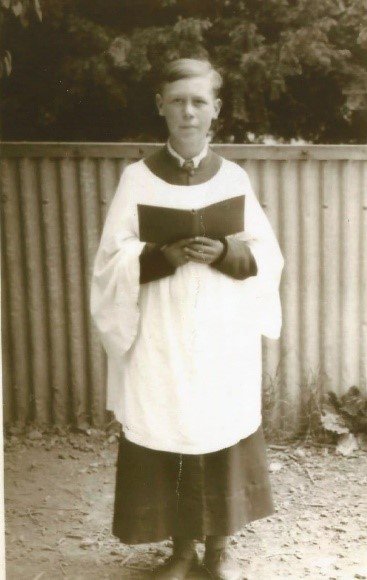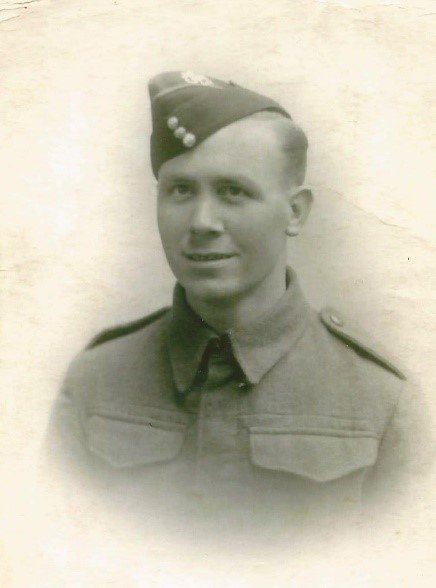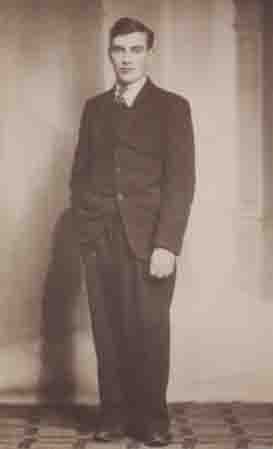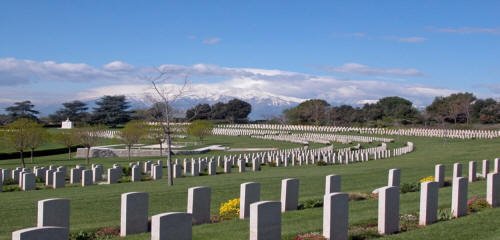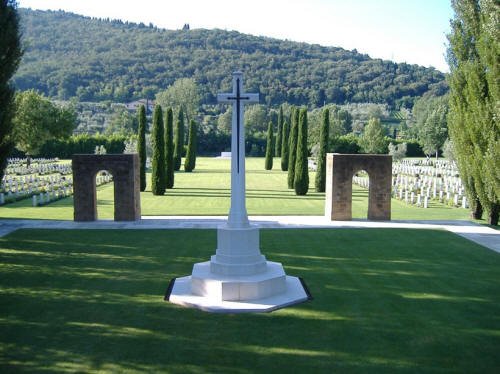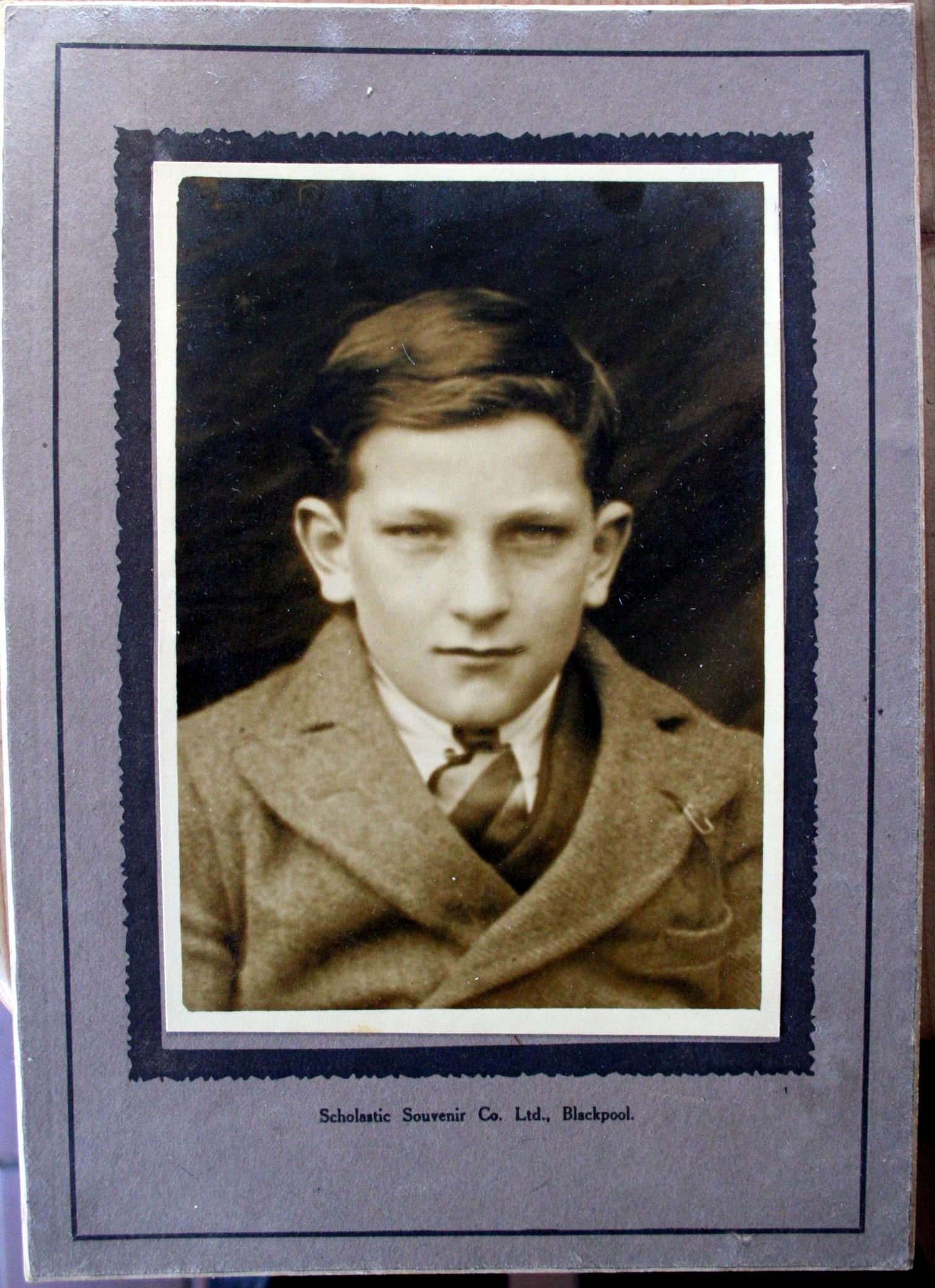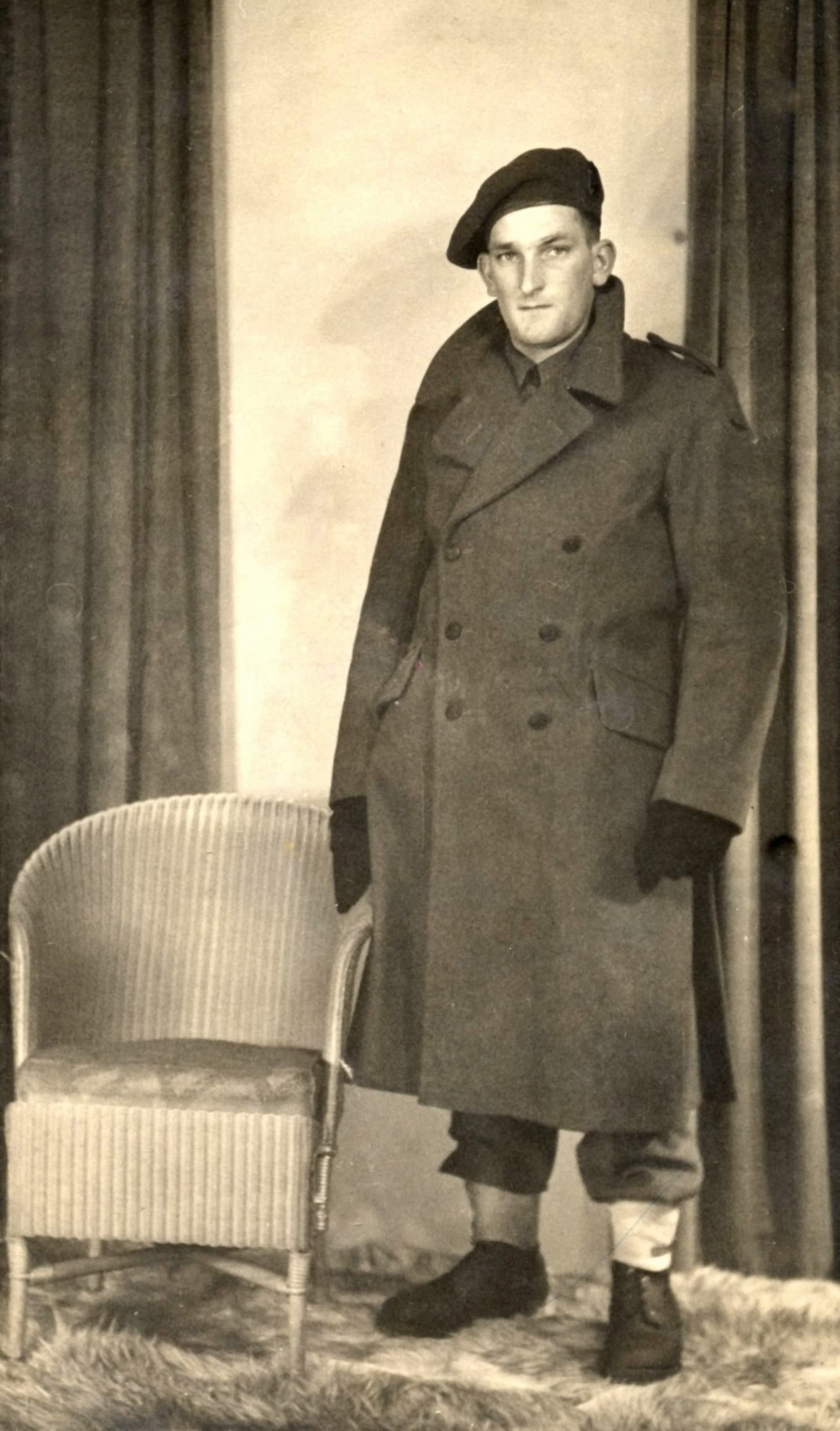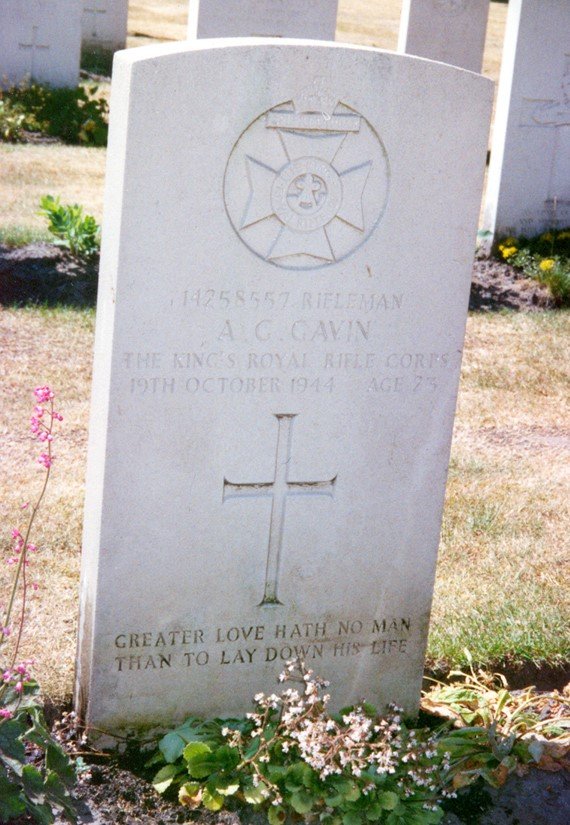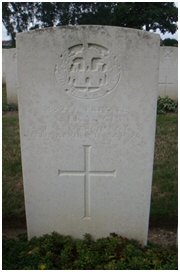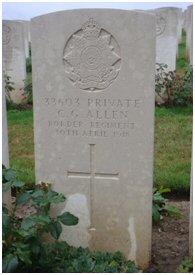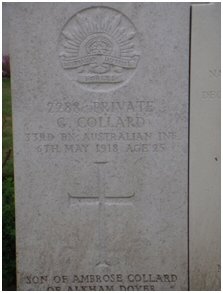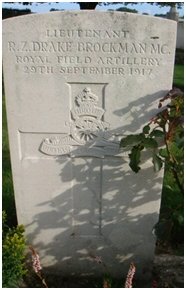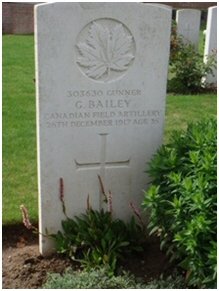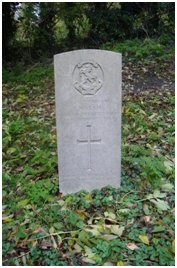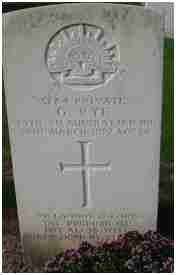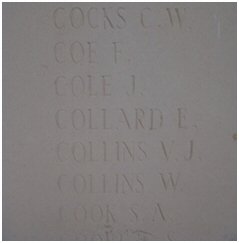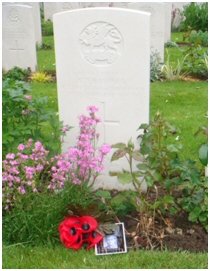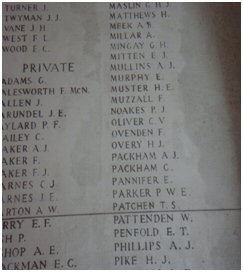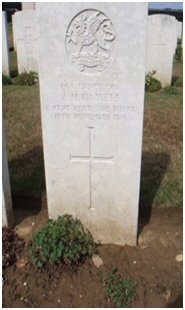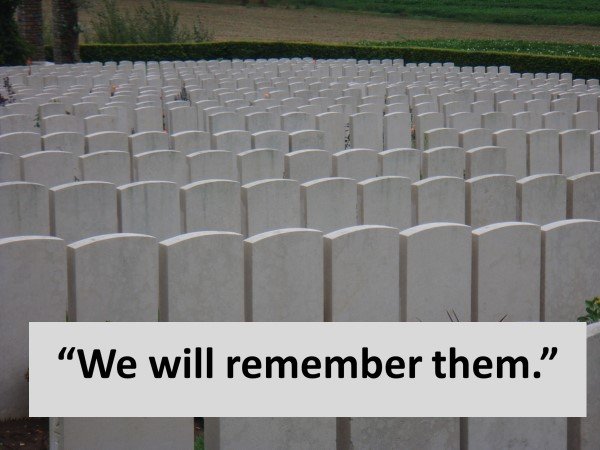This section of the village website is dedicated to the men who lost their lives in the First & Second World Wars, and whose names are inscribed on the village war memorial. It's a small token to honour the memories of those men who were born, worked, walked, lived and loved in the lanes of the Valley.
Thirteen Alkham families were shattered by deaths in the Great War with the Collards, Daniels, & Ryes each losing two sons. The hope in 1919, when the memorial was unveiled, of a ‘war to end all wars’ was to be proven unfounded when the Second World War broke out 20 years later. Seven more Alkham families were to be devastated by this conflict.
Alkham Heroes
The title of this section is taken from the memorial’s inscription which reads:
|
“In loving and proud memory of the Alkham Heroes who fell in the Great War 1914 -1918” |
||||
| 1914-1918 All names are links to each biography | 1939 – 1945 All names are links to each biography | |||
| Charlie Grainger | Sidney Marsh | George Bailey |
Ernest (Dudley) Richards
|
*Not on Village Memorial |
|
Skip ahead to: Graves of the Heroes |
Do you want to learn more? See the 2009 Battlefield Tour photos Follow Mark Robson's 2011 trek "In the Footsteps of the Heroes" |
Skip ahead to:
Thanks & Dedication from author, Mark Robson (2020) |
||
|
|
1914 - 1918 The Great War |
On 4th August 1914, Britain and Germany went to war, beginning over four years of conflict that resulted in 16.5 million deaths (military and civilian). Very few places escaped the war either through direct involvement or through loss of inhabitant and Alkham was no exception.
When Germany entered Belgium on 4th August, they were confident that Britain would not invoke the Treaty of London of 1839 in which Britain assured Belgium of support in case of invasion. Kaiser Wilhelm did not think that Britain would go to war over this ‘scrap of paper’. The treaty did not bind Britain to going to war and there is suggestion that there was as much interest in giving Germany a bloody nose and to protect the British Empire, which German expansionism was threatening, as there was in defending Belgium. The Germans gambled on swift progress through , Belgium suppression of the French armies and securing of the ports before the British could muster forces to mount an offensive campaign. Russia was deemed to be so disorganised that it would not be able to muster its troops in time to pose a threat in the east. Swift victory in the west would allow the Germans to then confront the Russians in the east and so avoid the dreaded war on two fronts.
However, the initial rapid German advance, in danger of outrunning its own supply system, was halted by the Belgian and French forces and within days of the British declaration of war the first troops were being landed in France including Charlie Grainger of Alkham.
The Beginning of the War
Excerpts sourced from the Battalion War Diary (Part One) |
Battalion War Diary Excerpts (Part Two) There is also some frank honesty as, when approaching Mons, he is told that some “bloody action” is likely, the officer writing the diary recorded: “I think that my only wish was that I should not turn about and run – I felt very like it just about then”. Without much action, on 24th August, the Loyals are ordered to begin the “famous retreat” from Mons and, until 5th September when they cross the Marne (about 150 miles), they are marching, fighting rear-guard action and snatching food and rest as and when they can. The men are so tired that when they stop marching some fall asleep standing up. After a few skirmishes and glimpses of the enemy and dead and wounded, the Loyals get into action proper on 13th September in heavy rain. On the 14th the Loyals are ordered to seize and hold a sugar factory. Shells and bullets whizz all around the various regiments and order is lost resulting in men teaming up as and where they find themselves. The Battalion War Diary records: “The shells emitted a tall cloud of black dust and smoke. Truly terrible missiles. We go on forward, but as yet I can see nothing. At last we reach the firing line. How anyone reached it is beyond comprehending. And such a line. All manner of regiments are there, and the dead and wounded are lying around in scores. We carry the factory and hold on like grim death”. Unfortunately, and probably due to the inexperience in this type of warfare, reinforcements and supplies are not forthcoming and, faced with a strong German counter-attack, the Loyals are forced to abandon the factory and beat a retreat. |
After this activity and movement, the war on the Western Front settled down into the trench warfare that came to characterise the First World War. The trench system ran from the Swiss border to the Channel and neither side moved more than 10 miles until Spring 1918.
With the war not over by Christmas and with stalemate developing, thoughts turned to strategies to create a breakthrough. One such idea was a naval action in southern Europe, in the Dardanelles. Attributed to Churchill, the plan was sound on paper. A successful attack in the Dardanelles would draw German forces away from the Western Front which would allow the allies to push through, link up with Russia in the east and so create a war on two fronts which would weaken German defences and bring the war to an end.
Within seven months of war being declared, three men associated with the village were dead. In such a small community, everyone must have been touched in some way and for those with sons, brothers and husbands serving it must have been a very tense time. After Stephen Maple’s death, it was another fourteen months until another villager was killed.
George Rye |
||
George Rye was the son of William and Ann Rye of Chilton Farm. George emigrated to Australia and became a farm labourer at Hillview Farm, Wagin, Western Australia. He enlisted on 11th January 1916 as a Private in the 44th Battalion, Australian Infantry. George’s unit embarked from Fremantle, Western Australia, on board HMAT A9 Shropshire on 31st March 1916. At the time of enlisting George was single but by the time of his death (just over a year later) he was married to Lucy Louisa Rye from 3 Burrow Road, Folkestone. George was ‘killed in action’ on Wednesday, 14th March 1917 aged 26. The ‘Digger History’ website records: “The 44th spent the bleak winter of 1916/17 alternating between service in the front line, and training and labouring in the rear areas. This routine was broken by only one major raid, an ill-fated effort involving almost half the battalion on 13 March 1917”. Of this action, known as ‘the big raid’, it is recorded that: |
||
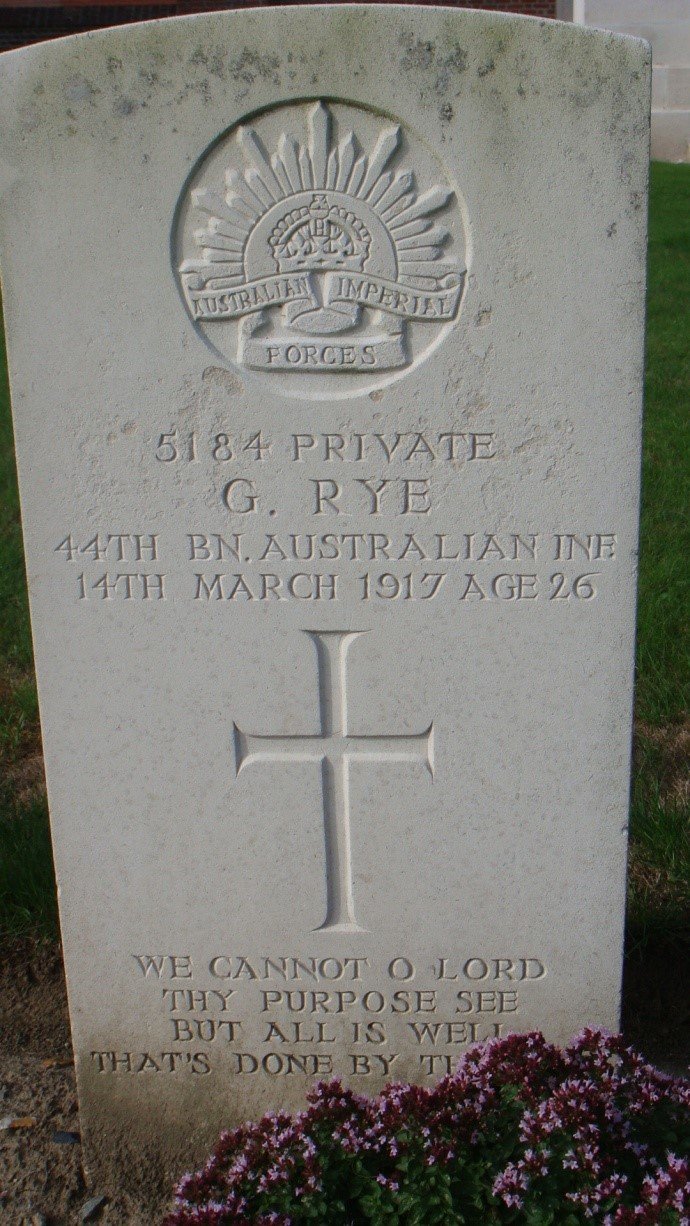 George’s Grave |
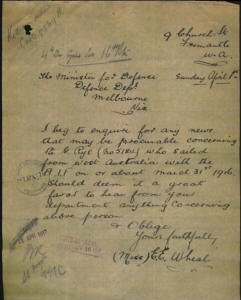 Miss E.E. Wheal (Fremantle) to the Australian Archive. Name Search him in "World War I" for 34 items like this. |
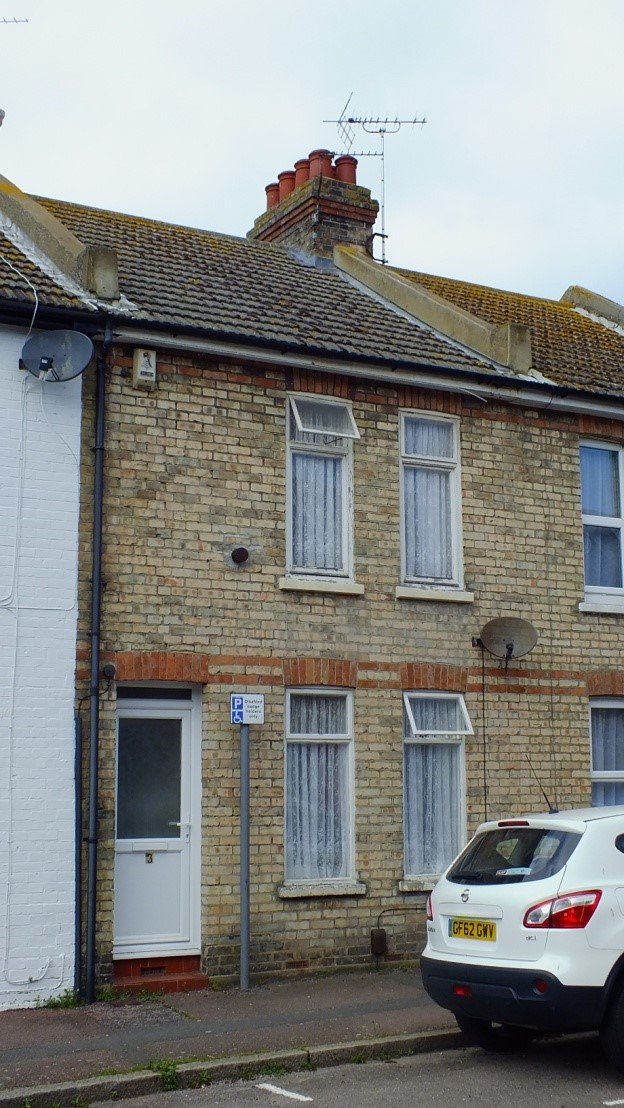 George & Lucy’s home, Folkestone |
George Collard |
||
George Collard, was born in Alkham in 1892 (I suspect Wolverton where the family was recorded as living in the 1901 Census) to Ambrose and Elizabeth. The 1911 Census reveals that George was single, aged 18 and a "General Labourer". George emigrated to Australia in 1912 (the year his mother died) when he was 20 years old. He embarked on the P&O ship, Ballarat, sailing from London on 7th September 1912 for Sydney and, recorded on the Outward Passenger List, as a ‘farmer’. George settled in New South Wales, where he worked as an agricultural labourer. It was here that he enlisted on 3rd July 1916. Following basic training George sailed from Sydney on 17th October 1916 on the requisitioned P&O steamship HMAT Borda as a Gunner in the 34th Battalion, Australian Infantry. |
||
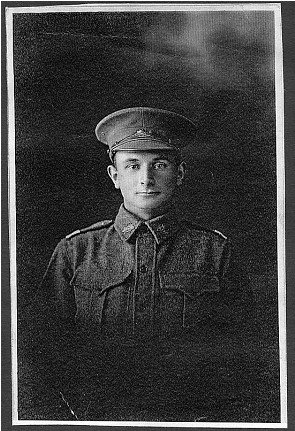 George Collard |
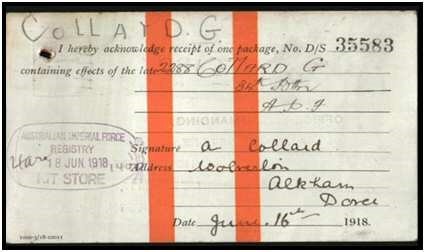 Ambrose Collard card acknowledging receipt of his son’s effects A WWI Name Search in the Australian Archive shows more records. |
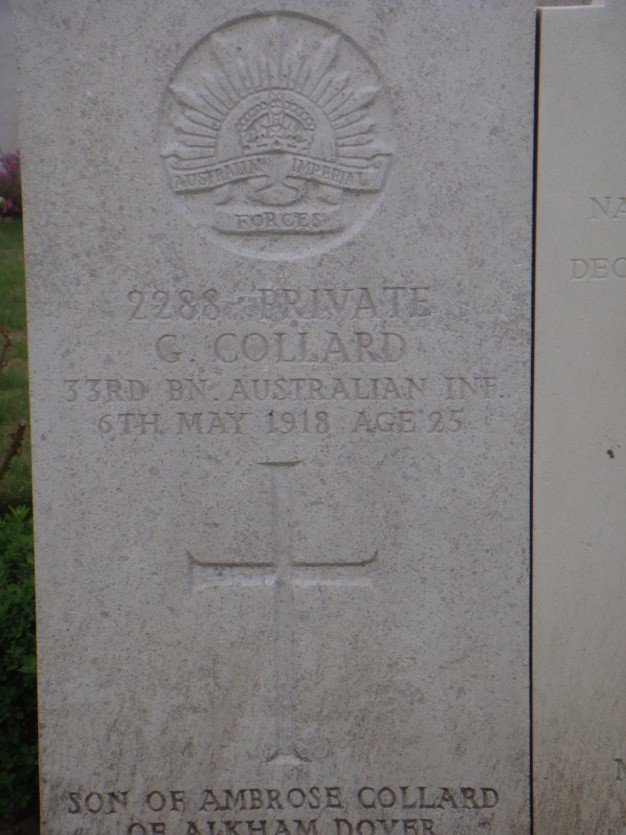 George Collard – St Sever Cemetery Extension Rouen |
|
1939 - 1945 Second World War |
Do you want to learn more?
See the 2009 Battlefield Tour photos
Follow Mark Robson's 2011 trek "In the Footsteps of the Heroes"
Thanks & Dedication
The work to honour the memories of the Heroes is ongoing.
Please provide additional information on any of these men, so that we can recreate a life that was cut so short.I would like to acknowledge the following for their support in compiling these accounts:
- Anthony Barrier (various)
- John Fagg – Louis Fagg
- Alan Jackson - Ralph Drake-Brockman
- Dave Dixon (www.fadedgenes.co.uk) – Joseph Mount
- Dave Grainger (www.afteraction.co.uk) George Bailey & Charles Grainger
- Sue Lees (various)
- Dover Express – photos of Edwin & Arthur Daniels
- Eileen West – George and Edward Collard
- John Richards - Ernest Richards
I would also like to acknowledge the unfailing support of Den & Irene Barnard who encouraged this project and helped organise the trips and talks we have held over the years.
If anyone has further information we would be delighted to hear from you, please email brian@alkham.org ------Mark Robson, April 2020-----
